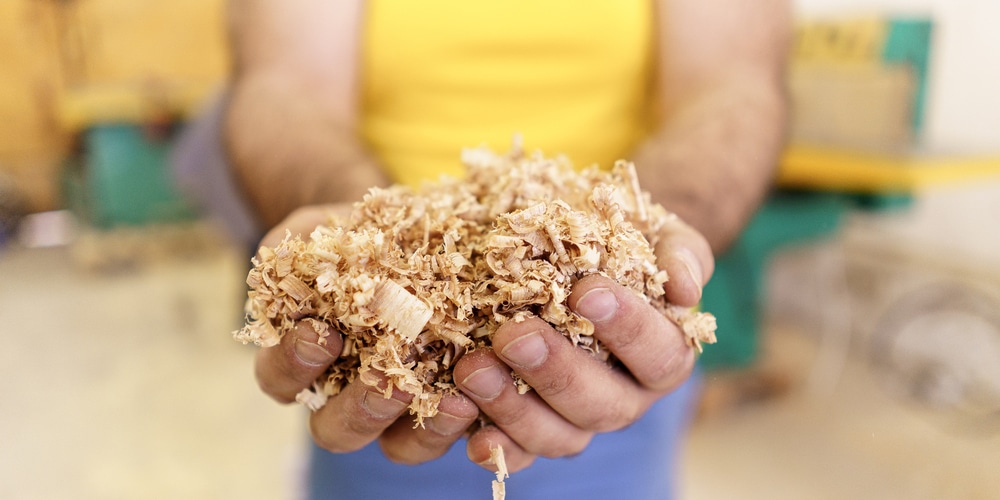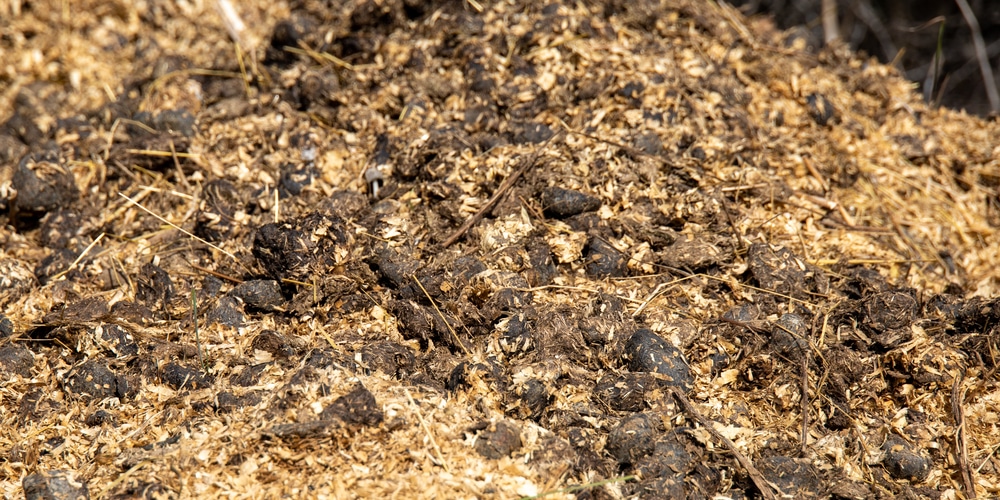Sawdust may seem to be just a byproduct of a woodwork project, but anyone who’s had years of experience with compost will know better. But the question is, how long for sawdust to decompose?
The thing is, you can turn sawdust into compost and add it to your soil and garden. You can lower your carbon footprint by adding the material to your compost bin and letting nature do the rest.
Does Sawdust Decompose Quickly?

The length of time it takes for sawdust to decompose will depend on several factors, including moisture, the presence of nitrogen, temperature, and bacterial activity.
Optimally and for composting purposes, you’ll want sawdust to be ready as soon as possible. In the right conditions, it will only take several months for sawdust to fully decompose. However, it can take several years or more if you don’t get it right.
Sawdust decomposes relatively quickly if you add enough nitrogen content from ‘green sources’ and in warmer weather. Bacteria thrive and are very active where there’s high heat, which means you’ll have a better chance to decompose wood shavings and sawdust in the summer than during winter or fall.
How to Quickly Decompose Sawdust
In the composting world, sawdust is similar to newspaper, straw, and dead leaves. They’re termed ‘brown’ compost because they’re high in carbon content, while those called ‘green’ compost are the ones that have high nitrogen content.
Compost should have more nitrogen than carbon in order to decompose well, and it’s recommended that you mix in a bit of sawdust at a time in green materials such as green leaves and grass clippings, then add water and moisture to encourage bacterial growth.
The warmer a compost bin, the better it is for sawdust. You can hasten the process by adding finished compost, manure, worms, and even a bit of soil into the mix.
Aeration can also play an important role in composting sawdust. It’s recommended that you ‘turn’, or mix the compost every week or so for the materials to break down faster.
It’s worth noting that you should hose down chemically-treated wood shavings and sawdust using water several times in hot weather so it will wash off from your compost pile.
Is Sawdust Good for the Garden?
A lot of people have misgivings about using sawdust in the yard or garden. The material has a high carbon content and tends to absorb nitrogen, which is an essential nutrient for plants. Essentially, you’ll be taking away nitrogen in the soil which can be bad for your plants.
However, fresh sawdust does have its use, specifically as an organic mulch. You can sprinkle a layer about an inch thick around your plants and help retain moisture and stop weeds from growing. Make sure to supplement this with nitrogen (in natural form or fertilizer) so the plants won’t experience nitrogen deficiency.
Furthermore, sawdust is acidic and thus great for plants such as blueberries, azaleas, and hydrangeas, among others. Remember to add nitrogen every time you use fresh sawdust as mulch to mitigate its side effects.
Related Article: Sawdust Compost
